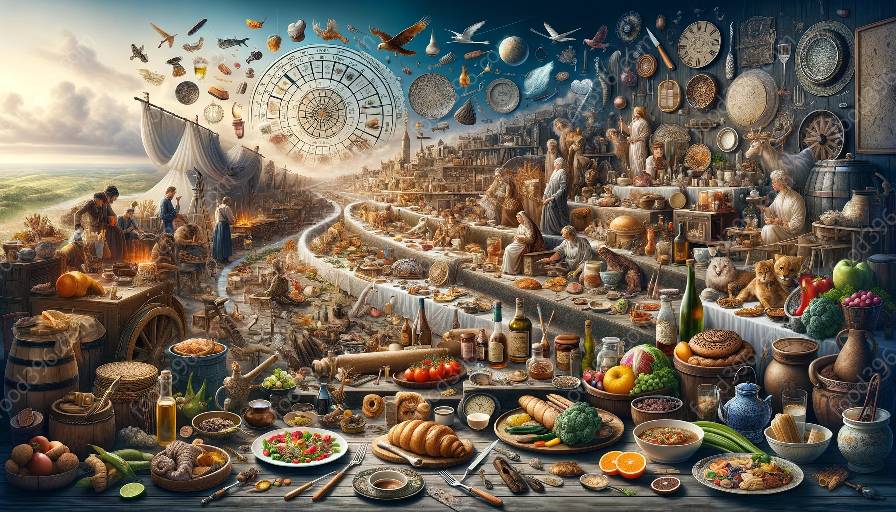Spanish cuisine is a rich tapestry of flavors, influenced by centuries of history and a diverse cultural heritage. The evolution of Spanish recipes over time reflects the country's dynamic culinary journey, shaped by an array of cultural, geographical, and historical factors. From the ancient traditions of Roman and Moorish gastronomy to the explorations of the Age of Discovery and the fusion of global influences, Spanish recipes have continuously evolved to create a vibrant and diverse culinary landscape.
The Historical Roots of Spanish Cuisine
To understand the evolution of Spanish recipes, it is essential to delve into the historical roots of Spanish cuisine. The history of Spanish gastronomy is deeply intertwined with the country's rich tapestry of cultures, each of which has left a lasting impact on the development of culinary traditions.
The earliest Spanish recipes were influenced by the culinary practices of the ancient Romans, who introduced staples such as olive oil, wine, and garum (a fermented fish sauce) to the Iberian Peninsula. After the fall of the Roman Empire, the arrival of the Moors in the 8th century brought a wealth of new ingredients, spices, and cooking techniques to Spain, significantly influencing the flavors and cooking methods of Spanish cuisine.
The Influence of Global Exploration
The Age of Discovery heralded an era of global exploration that had a profound impact on Spanish recipes. The voyages of Christopher Columbus and other explorers brought back a wealth of new ingredients from the Americas, including tomatoes, potatoes, and chili peppers, which revolutionized Spanish cuisine. The fusion of these new ingredients with existing culinary traditions gave rise to iconic dishes such as gazpacho, patatas bravas, and various types of Spanish stews and casseroles.
Regional Diversity and Culinary Traditions
Spain's diverse geography and distinct regional identities have also played a pivotal role in the evolution of Spanish recipes. Each region boasts its own unique culinary traditions, ingredients, and flavors, resulting in a rich tapestry of regional cuisines within the larger framework of Spanish gastronomy.
For instance, the coastal regions of Spain have a strong tradition of seafood-based recipes, such as paella in Valencia and various seafood tapas in Andalusia. In contrast, the interior regions are renowned for hearty meat-based dishes like cocido madrileño (a rich stew) and lamb-based specialties in Castile. The northern regions, such as the Basque Country and Catalonia, are celebrated for their innovative pintxos (bite-sized snacks) and avant-garde culinary creations.
The Modern Era and Global Influences
In recent decades, Spanish cuisine has undergone a renaissance, with a newfound emphasis on innovation, creativity, and global influences. Renowned Spanish chefs, such as Ferran Adrià, José Andrés, and Elena Arzak, have led the charge in revolutionizing traditional recipes and elevating Spanish gastronomy to new heights on the global stage.
The evolution of Spanish recipes continues to be shaped by global culinary trends, as well as a renewed focus on sustainability, seasonality, and the preservation of traditional cooking techniques. From the revival of ancient recipes to the adaptation of international flavors, Spanish cuisine remains a vibrant and evolving tapestry that celebrates the country's rich culinary heritage.

